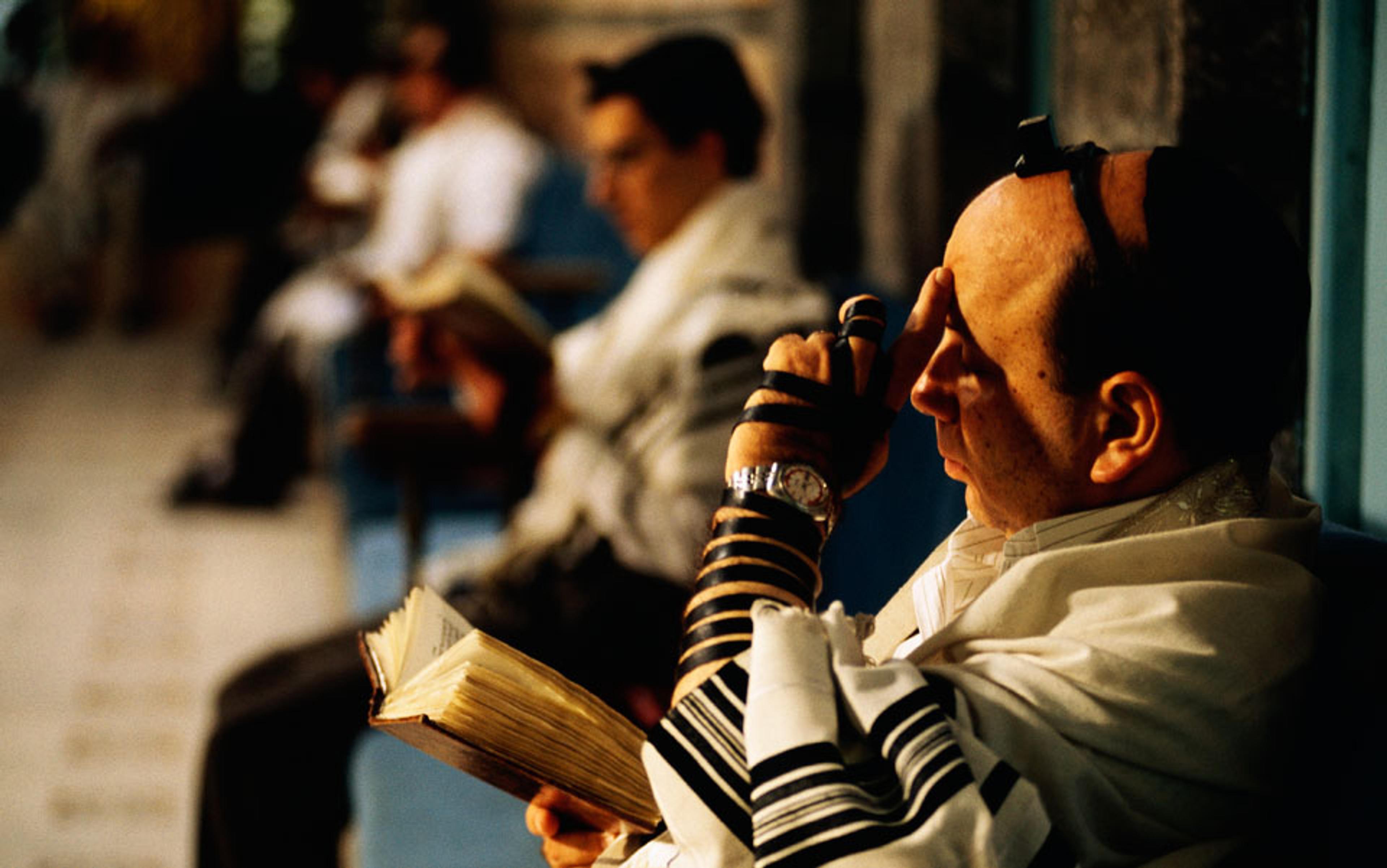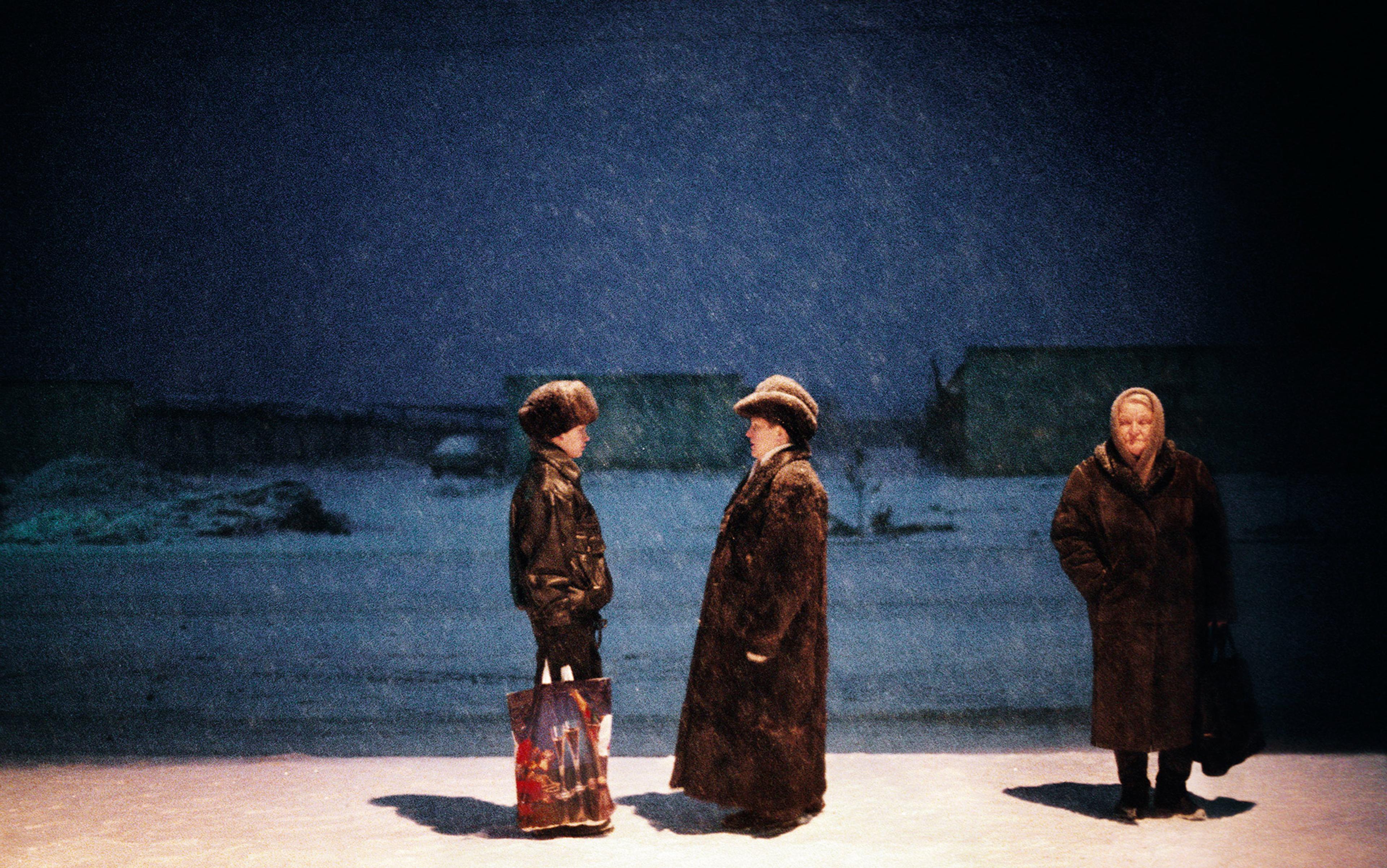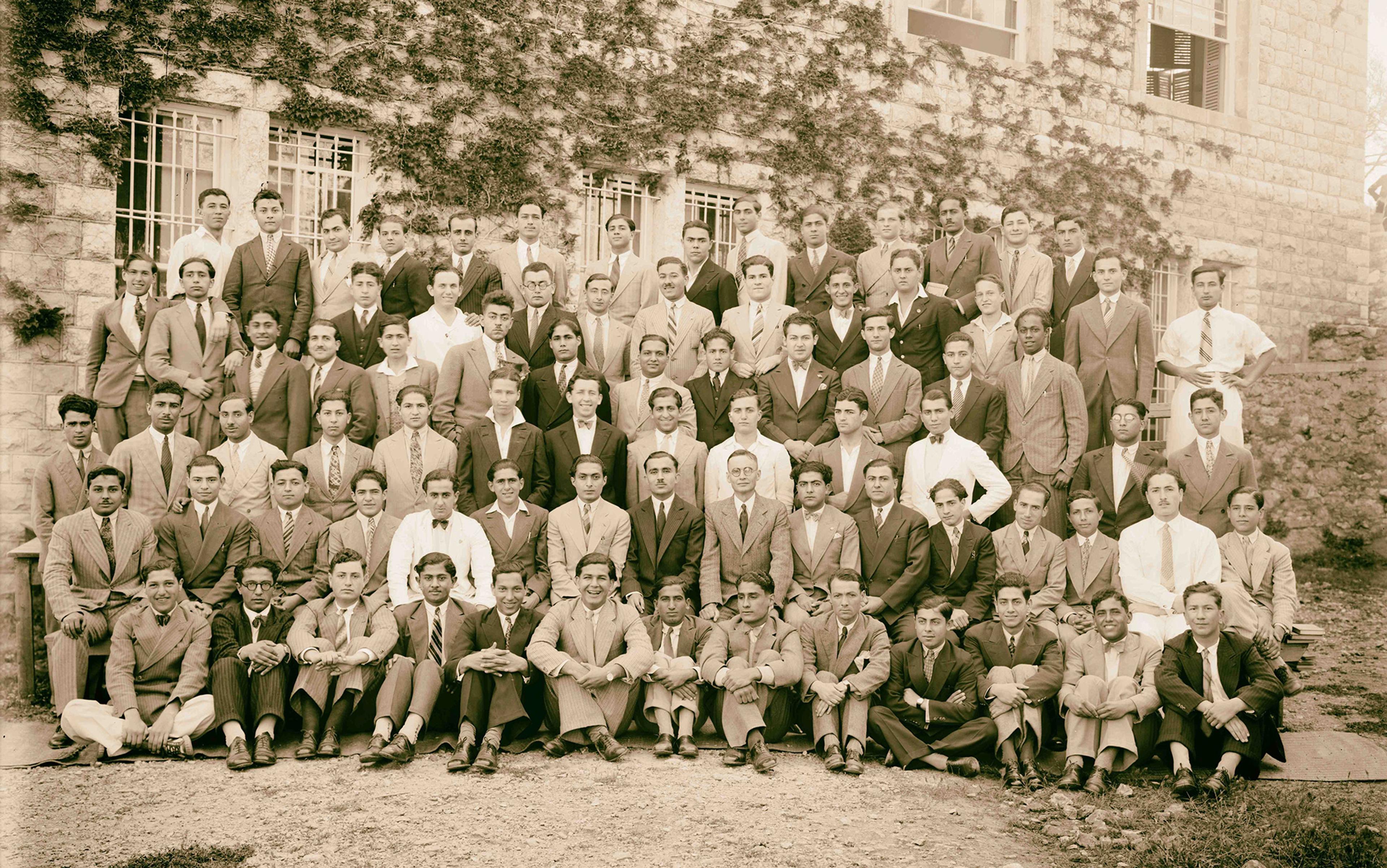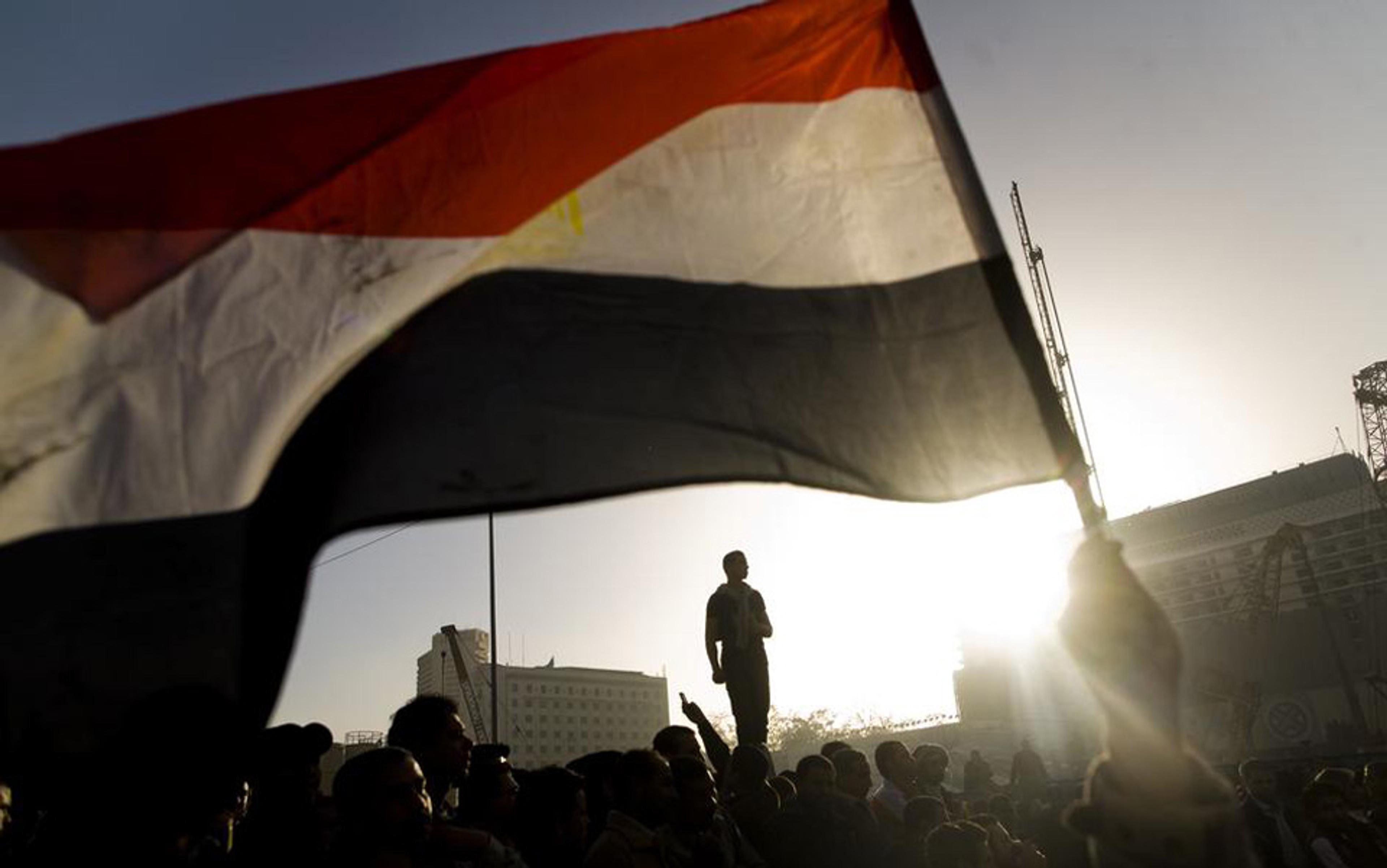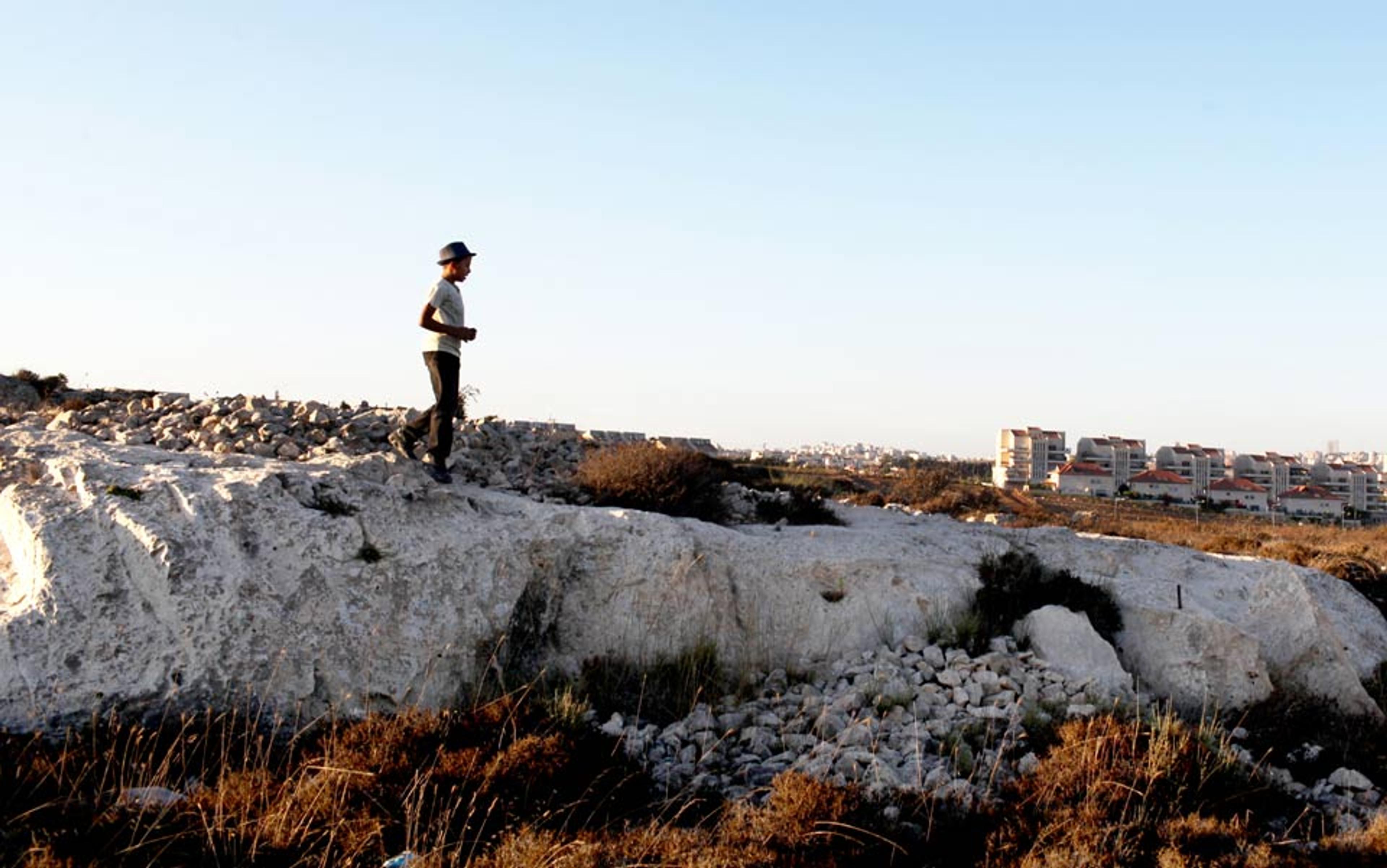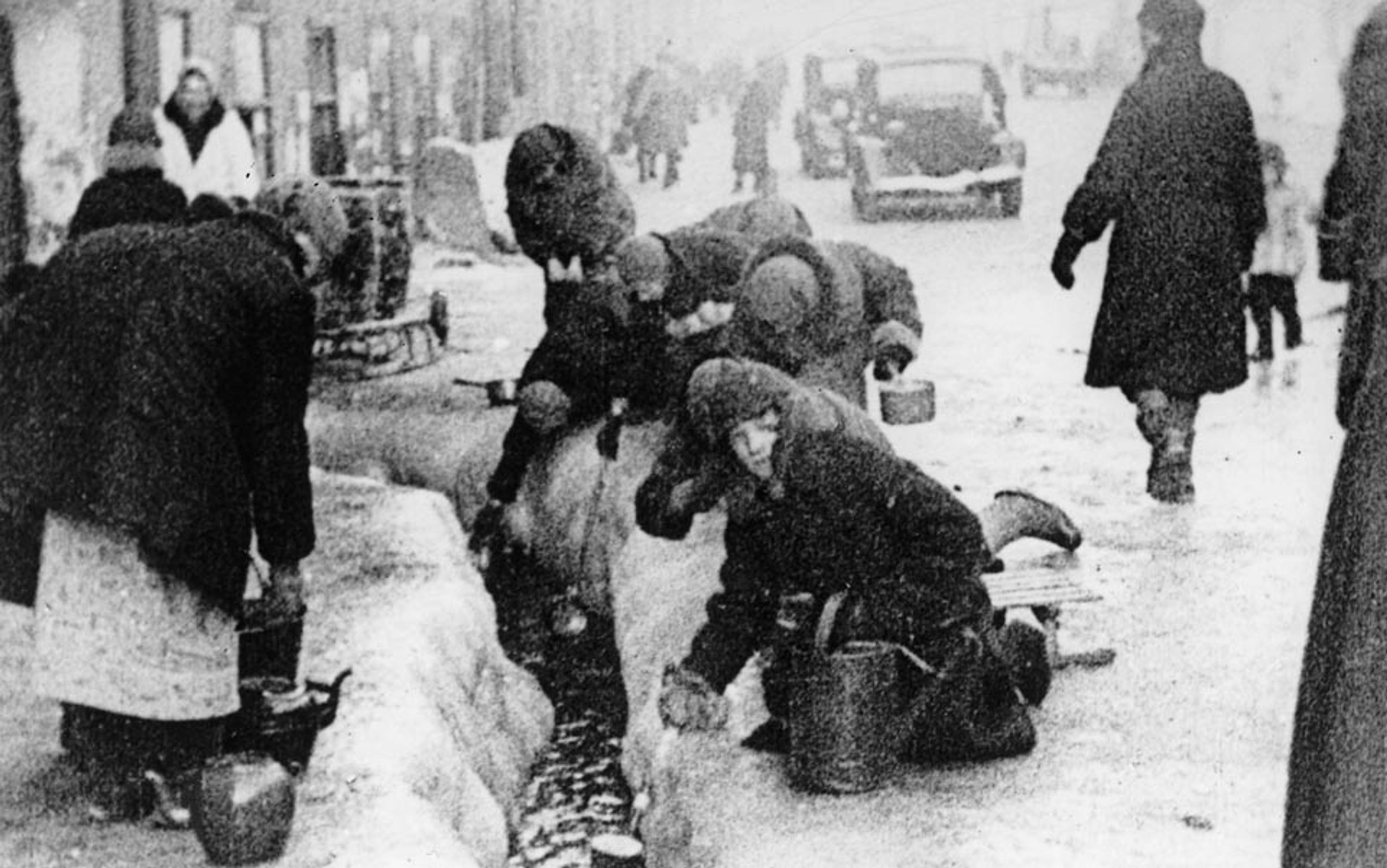In 2004 Damascus was on the cusp of modernity. The first privately operated bank had just been established, plans for a securities exchange were underway, the internet was in its infancy, and the Old City’s first boutique hotel was getting ready to open its doors. All the while the Al-Assads, Syria’s first couple — if lately its most detested — courted Western hearts. That spring I travelled to Syria to document its archaeological heritage; but I was also lucky enough to celebrate Passover in the home of a local family.
Passover, with its universalist message of a people’s liberation from slavery, is the most celebrated of Jewish festivals. It commemorates the ancient Israelites’ flight out of Egypt and, as such, it records the birth of Israel as a nation, ahead of its long march to becoming a homeland.
At Passover, Jews are reminded of their deliverance via a unique covenant that obligates every Jew to ‘tell thy son on the day saying, it is because of what the Lord did for me when I came out of Egypt’ [Exodus 13.8]. This duty is met in several ways: through a liturgical compilation of songs, folk stories, prayers and biblical passages, known as the Haggadah; by the ritual consumption of symbolic foods, known as the Seder; and by the re-enactment of the Biblical Exodus from Egypt. Through these ritualised processes, past is merged with present as the ancient stories of liberation become relevant to each individual. The means of affecting this time-travel is metaphor, with its innate ability to draw upon the collective memory and to ‘telescope’ the familiar with the unfamiliar.
Through metaphor, Passover becomes perennially relevant: it has timeless appeal. And so, during my travels in Syria in 2004, I was thankful that the US Consulate in Damascus understood my yearnings to experience its ritual. An official there arranged an introduction to a Jewish family, and I duly met Sami Kabariti outside a restaurant in the Christian Quarter of the Old City. Gaunt, and noticeably twitchy, Sami stood out from the crowds in his feast-day suit. He questioned me nervously, eager to establish that I was not a journalist before he invited me into his home. He said he was unemployed at the time, though I later heard he’d trained as a dentist. My sense, in fact, was that his role was to represent the Jewish community at the behest of the regime. From the restaurant, it was a short walk to the crumbling Harat Al-Yahud, the traditional Jewish Quarter, where the Kabariti family lived in a traditional, but simple, Ottoman-styled home.
For the Seder meal itself, we were confined to a tight space, a small dining room lined with benches, with an intractable table in the centre. On it was a stack of three matzot — flat pieces of unleavened bread, the upper and lower of which symbolised the manna provided for Israelites in the wilderness. Khudur Kabariti, Sami’s elder brother and the head of the family, commenced the feast. He raised the middle matzah, recited the prayer of Maggid, and then broke the matzah in two so that the ‘the bread of affliction’ might be remembered both before and after the ritual meal.
‘What was that I just ate?’ I asked my hosts. ‘Kameh, kaaa-meh. Mushroom. It needs thunder,’ was the reply
On the copper Seder plate before us were foods to remind us of redemption from, and bondage in, Egypt: Marror (horseradish), the ‘bitter herbs’ of slavery; Karpas (parsley or anything else green and leafy), the springtime plants found by the Israelites in Egypt’s desert; Charoset (or Halek), a thick date-and-nut paste that represents the mortar of monuments built under conscription; and the Korban Pesach, a roasted shank bone, which commemorates the Temple sacrifice in Jerusalem. Salt water, a symbol of the tears of oppression, was also at hand.
The Haggadah divides the Seder into two parts that turn on the themes of persecution and deliverance. But it is more than a victimology or ‘salvation history’. It is didactic and dialectic, and it elicits meaning for young and old alike. For many Jewish families, the highlight of the evening is when the youngest child is raised to pre-eminence and asked to answer the ‘Four Questions’, much as a student might be quizzed in a Greek Symposium. It is the child, not the parent, who clarifies ‘Why is this night different from all other nights?’
Jews are notorious for wanting to skip or rush through the various ritual consecrations and recitations of history, which moved the American novelist Jonathan Safran Foer to produce a new edition of the Haggadah. His book, New American Haggadah (2012), is an honouring rather than rewriting that, Foer hoped, would entice his co-religionists to ‘linger’.
Our main meal in Damascus (over which we lingered plenty) consisted of a very mysterious stew. ‘What was that I just ate?’ I asked my hosts. ‘Kameh, kaaa-meh. Mushroom. It needs thunder,’ was the reply. Little did I know that I had been served the rare delicacy of desert truffles. These have a history more ancient than Passover itself, and are referenced as far back as the 18th century BC in the cuneiform letters of Assyria’s king Zimri-Lim. The philosopher Pliny, the poet Juvenal and even the Prophet Muhammad also mention them. In fact, in early Islamic interpretation, the Prophet ordained that the desert truffle was the manna that God gave the Israelites during their sojourn in the desert. Today, Bedouins believe that when bolts of lightning hit the ground, followed by loud claps of thunder, as my host indicated, truffles will be brought forth.
Now it was my turn to be questioned. ‘Is it better in London or America?’ and ‘How much do you pay for your rent?’ asked my host. I assumed that Khudur was merely curious about the cost of living in London, not realising that my host was trying to leave Syria, and was eager to determine the most economical city for his family. His questions echoed in theme the Four Questions in the Haggadah that remind the Jews where they’ve come from and where they’re heading — confirming, in essence, their identity as a people. They had everything to do with liberation and exodus; and they found a deep resonance in the complex modern history of Syria and its Jews.
Historically, Jews living in Islamic lands were better treated than Jews in Europe. But there were notable periods of darkness, and the period of Mamluk rule (1250-1516) stands out. The Mamluks were a caste of warrior slaves, originally from Georgia, who converted to Islam and were given military and administrative duties. The last of the Mamluks unleashed a wave of anti-Semitism in Arab lands in the 1820s and 1830s. Then, in 1831 Egypt’s Muhammad Ali invaded Syria and, under his watch, Christian anti-Semitism, coupled with popular Muslim anti-Jewish sentiment, spilt onto the streets in what became known as ‘The Damascus Affair’ of 1840. In February that year, the Capuchin monk, Father Thomas, and his servant, Ibrahim, disappeared without trace. The Capuchins wasted no time circulating the ancient blood libel accusation: that Jews had murdered both men in order to use their blood for the rites of Passover.
In all probability, the murders resulted from a soured business deal with a Muslim muleteer. Yet, in large part, suspicion fell upon the Jews because of the prejudices of the two investigators: the French consul, Ulysse de Ratti-Menton; and the Egyptian governor of Syria, Sherif Pasha, who courted the sympathies of the French, and so allowed the accusations to fester. Eventually, after confessions were extorted under torture, eight prominent members of the Jewish community were charged with ritual murder. All were imprisoned. Of these, several died under torture and one was forced to convert to Islam, while the ancient synagogue of Elijah at Jobar was desecrated at the hands of a vengeful mob.
The blood libel is a grotesque perversion of the Temple sacrifice of Pesach — the ‘sacrifice of exemption’, in which the blood of a lamb was painted on the doorposts of Jewish households as a sign to the Angel of Death to pass them over on his mission to slay the firstborn of the ancient Egyptians. In the hands of Judaism’s detractors, this dependence on sacrificial blood is contorted, and the blood, claimed as lamb’s blood, is assumed to be of human origin. Hence the link with ritual murder. It is estimated that there have been more than 150 cases of blood libel that have resulted in violence against the Jews.
Jews continued to live and thrive in Syria, in spite of the perturbations caused by the Damascus Affair. Up until the Aleppo pogrom of 1947, there were 30,000 Jews in the country; in the wake of the Israeli War of Independence, this number decreased by half. Over the next two decades, a further 10,000 Jews fled Syria. Thereafter, a ban on Jewish emigration was in place: under president Hafez Al-Assad, Jews were, in effect, held captive, the de facto pawns in Syrian foreign policy. When the ban was finally lifted in 1992, the majority of Syria’s remaining 5,000 Jews left. When I visited in 2004, there were fewer than 60 Jews left, practically all of them in Damascus.
The ritual allows Jews to remove themselves from the banality and restrictions of daily life in Syria — and define themselves on their own terms
While the Assad regime has, for the most part, tolerated Judaism out of traditional Islamic deference to Al’Kitab, or the non-Muslim ‘people of the book’, occasionally more overt hatred has flared. A prime example is the book The Matzah of Zion (1983), in which Mustafa Tlass vividly revisits the Damascus Affair. Alarmingly, its author was Syria’s defence minister for more than 30 years, until 2004.
At a more mundane level, Jews are routinely harassed by the Mukhabarat, the secret police, using extreme forms of physical and electronic surveillance. I might not have heard it myself, and my hosts were at pains to hide it, but that harassment was definitely present at our Seder. Over the course of the evening, the phone rang three times. Each time it was Ahmed, the Mukhabarat designate. But even Ahmed could not control the power of ritual to forge communitas; it chooses the assembled, whether the state approves or not.
For ritual offers a counterpart to Chronos, the god of historic or profane time, with his man-made milestones marked in linear fashion. Instead, ritual is the handmaid of Cronus. Cronus, later identified with Kairos, was the god of recurring time — a time measured in Saturnalian rites of seasons and cyclical festivals. Kairos disregards Chronos’ linear markers and milestones, and so transcends profane time. It speaks of the kind of sacred temporality first elaborated by the French anthropologist Arnold van Gennep in The Rites of Passage (1909), and further explored by the British cultural anthropologist Victor Turner in The Forest of Symbols (1967). In their views, time does not flow or march, it oscillates around three poles. In the first stage of ritualised behaviour, the participants detach themselves from ordinary or profane time and enter into a fictive or sacred realm: in Passover, this occurs the evening before the feast, when all leavened products are removed from the home. In the final phase, once the ritual meal has concluded, the jubilant participants must return to the life they left behind the day before.
Yet it is in the middle phase, the ‘liminal’ or ‘threshold’ phase, where dissent is at its most potent. This phase designates the ambiguous state of liminality, where the initiate undergoes a role-reversal. Here, time flows backwards as the participants relive the triumphs of their ancestors in coming out of Egypt. It is a time of invigoration, when ‘power’ is conferred and exemplified through the mimetic process. For the purpose of this discussion, the ritual allows Jews to remove themselves from the banality and restrictions of daily life in Syria. They defy their subjugate status in society and define themselves on their own terms, as the victors not the vanquished. Adversity, as illustrated through the Haggadah, can be overcome.
Metaphor is the agent of dissent here. As the poet Samuel Taylor Coleridge has noted, through metaphor, our imagination dissolves. It diffuses and it dissipates only to re-create, reconciling what is seemingly opposite and contrary. In the scribe’s hands, metaphor is a subversive tool, since what we dare to imagine can never be fully known or constrained. It is endless. According to Aristotle, the ‘greatest thing by far is to be a master of metaphor’. And yet what metaphor conveys cannot be said directly: its subterfuge is ritual. Thus, even if the Exodus occurred only once in history, through ritualisation at the Seder the distant past reoccurs in the present. The Seder, in other words, reaffirms the special covenant, allowing each person to regard themselves as though they themselves have emerged, newly freed, from Egypt.
My Seder with the Kabaritis did not conclude with the customary expression of hope ‘L’shana haba’ah b’Yerushalayim’ (‘Next year in Jerusalem’), but with a drama. Each of us in turn wrapped a matzah in a napkin and slung it over the left shoulder as if it were a sack of all our worldly goods. We responded to the question ‘Where are you coming from?’ with ‘Mizr!’ (Egypt). Then, with the sack over our right shoulder, came the second question: ‘Where are you going to?’ We answered: ‘Yerushalayim!’ (Jerusalem), before passing the wrapped matzah to the next in attendance. And then it was time for me to pack my own, real, bags and be on my way.
Today Damascus is a relic of my travels. My hosts are long gone, too: to Brooklyn, I am told. The Old City synagogues are abandoned, and the ancient village of Jobar, now a suburb of Damascus, has fallen victim once again, albeit to a very different conflict. My attention is now taken up with reporting the demise of historic Jewish Heritage sites in the Middle East. Should Damascus fall, as many of us believe it will, there remains the very real possibility that there will soon be no trace of a Jewish past in Syria at all. It is tragic but not unique. For now, all I can do to calm my fears is to piece together the evidence of bygone years and invoke Mnemosyne, the goddess of Memory, to whom I am also captive.
